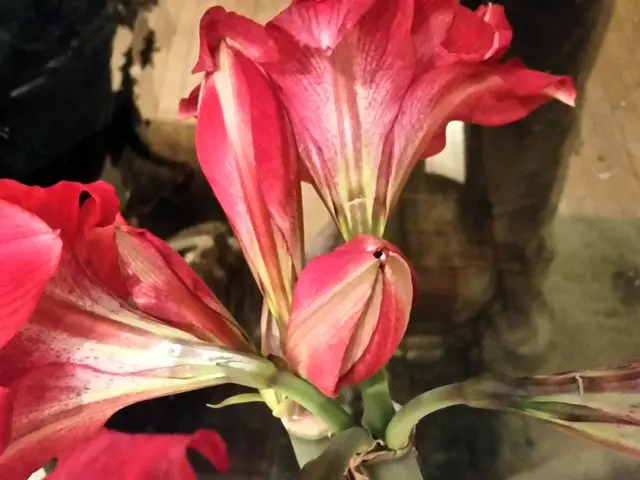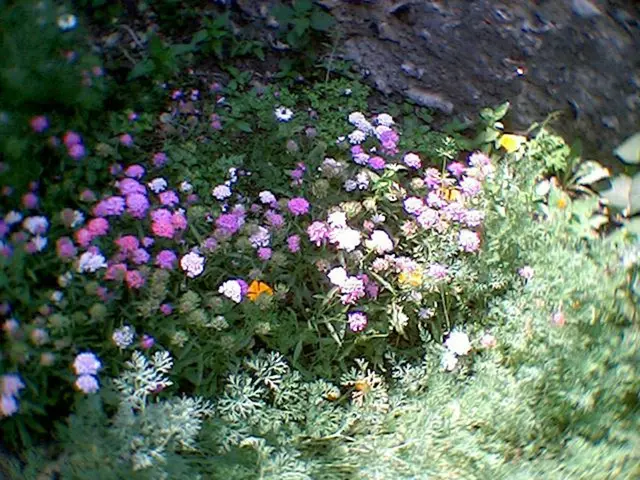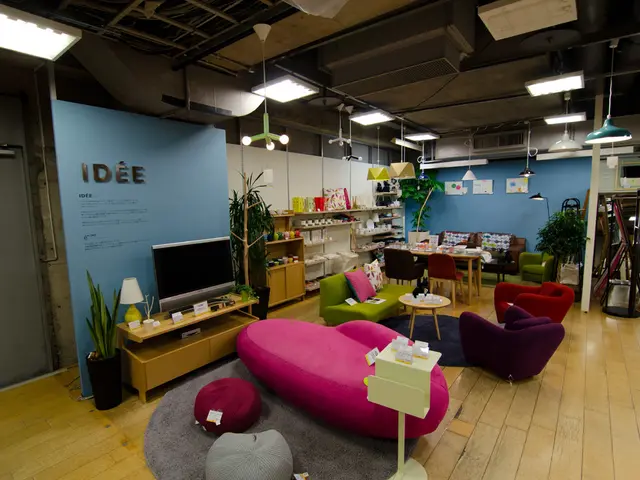Selecting Suitable Soil for Your Desert Roses: A Guide
**Caring for Your Desert Rose: A Comprehensive Guide**
The tropical succulent known as the Desert Rose, or Adenium obesum, is a popular choice for garden enthusiasts due to its unique beauty and hardy nature. Originating from Africa and the Arabian Peninsula, this plant thrives in conditions that mimic its natural arid and sandy habitat. Here's a guide on how to provide the best soil, drainage, and watering techniques for your Desert Rose to flourish.
**Soil:**
A well-draining soil mix is essential to prevent root rot, a common problem for Desert Roses. An ideal soil mix is a cactus or succulent potting mix combined with added perlite or coarse sand to enhance drainage. Slightly acidic soil conditions, with a pH level of around 6.0, can also help the plant thrive and support healthy blooming.
**Drainage:**
Plant your Desert Rose in containers with ample drainage holes to ensure excess water can escape easily, preventing soggy soil. Good drainage is critical because the plant is adapted to desert conditions where water drains quickly and does not linger around the roots.
**Watering:**
The key to watering your Desert Rose is to let the soil dry out fully between waterings, mimicking the plant’s natural desert environment. During the warm growing season (spring through early fall), water moderately, roughly once every 7-10 days, only when the top 1-2 inches of soil are dry. Water slowly and deeply when watering to reach the roots but avoid waterlogging.
In cooler or dormant periods (fall and winter), water sparingly—about once every 3-4 weeks or even less depending on ambient humidity and temperature—to avoid root rot. Shallow, wide containers are preferable to tall, thin ones as they encourage root spread and provide more stability.
**Repotting:**
Repot your Desert Rose every 2-3 years or when you notice signs like roots emerging from the drainage holes, reduced growth, or the plant appearing too large for its container. When repotting, choose a container that is only slightly larger than the current one and has ample drainage holes. Clay pots are ideal for repotting due to their breathability and moisture control.
Avoid clay or other moisture-retaining soils for desert roses. Root rot is a common problem for Desert Roses, so always err on the side of underwatering. Rooting powder can be dusted on the cut end of the cutting before planting to aid in rooting.
In summary, a Desert Rose thrives best in well-draining, slightly acidic cactus-type soil, in a pot with good drainage holes, and with watering that allows the soil to dry fully between sessions. During growth periods, water moderately; reduce watering significantly during rest periods, especially in cold or low light conditions.
Maintaining a Desert Rose within a lifestyle that emphasizes home-and-garden care requires attention to soil, drainage, and watering. Apart from using a cactus or succulent potting mix as soil, add perlite or coarse sand for drainage to prevent root rot, essential to the Desert Rose's well-being. Considering gardening techniques, plant your Desert Rose in a container with drainage holes, promoting good drainage appropriate for its desert origins, and be mindful of watering, ensuring the soil dries fully between waterings to replicate its natural environment.








